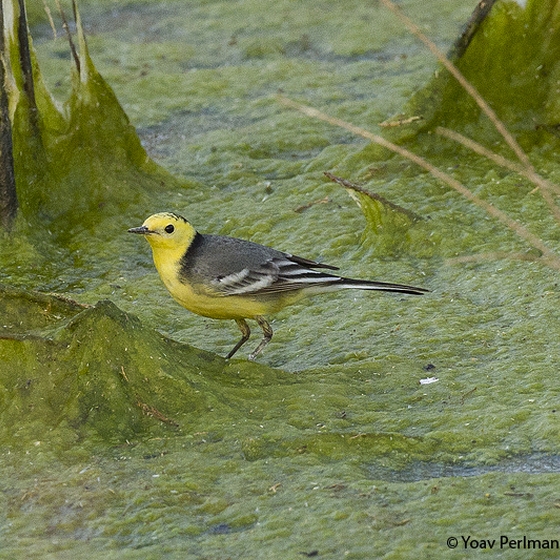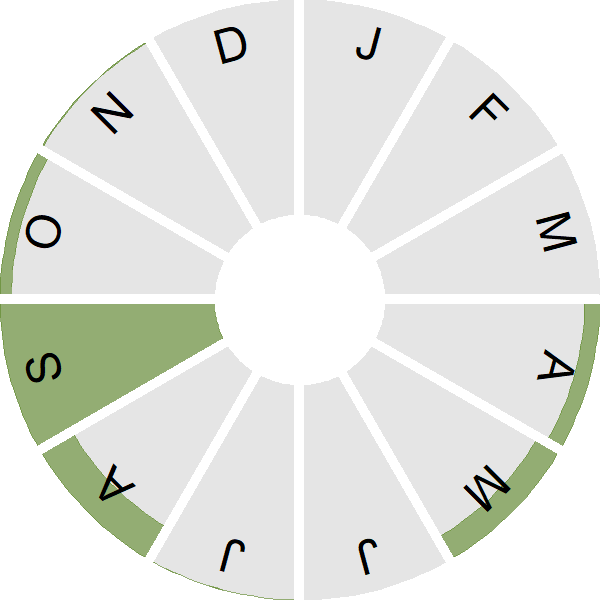Citrine Wagtail

Introduction
Resembling a cross between a Yellow and White Wagtail, the frequency of records of this scarce visitor from Asia is increasing as its native range extends westwards.
Most records come from the autumn, August to October, but there are some spring records.

Key Stats
Status and Trends
Conservation Status
Population Size
Population Change
Population trends of this scarce species are not routinely monitored.
Distribution
This species is a rare vagrant and was recorded during Bird Atlas 2007–11 as shown on the map.
or view it on Bird Atlas Mapstore.
European Distribution Map
Distribution Change
This vagrant is too rarely reported to map distribution change.
Seasonality
Citrine Wagtail is a rare migrant with records of adults in mid-spring and mostly juveniles in early autumn.
Weekly pattern of occurrence
The graph shows when the species is present in the UK, with taller bars indicating a higher likelihood of encountering the species in appropriate regions and habitats.

Movement
Britain & Ireland movement
Foreign locations of birds ringed or recovered in Britain & Ireland
Dots show the foreign destinations of birds ringed in Britain & Ireland, and the origins of birds ringed overseas that were subsequently recaptured, resighted or found dead in Britain & Ireland. Dot colours indicate the time of year that the species was present at the location.
- Winter (Nov-Feb)
- Spring (Mar-Apr)
- Summer (May-Jul)
- Autumn (Aug-Oct)

Biology
Survival and Longevity
Survival is shown as the proportion of birds surviving from one year to the next and is derived from bird ringing data. It can also be used to estimate how long birds typically live.
View number ringed each year in the Online Ringing Report.
Classification, names and codes
Classification and Codes
- Order: Passeriformes
- Family: Motacillidae
- Scientific name: Motacilla citreola
- Authority: Pallas, 1776
- BTO 2-letter code: IZ
- BTO 5-letter code: CITWA
- Euring code number: 10180
Alternate species names
- Catalan: cuereta citrina
- Czech: konipas citronový
- Danish: Citronvipstjert
- Dutch: Citroenkwikstaart
- Estonian: kuldhänilane
- Finnish: sitruunavästäräkki
- French: Bergeronnette citrine
- German: Zitronenstelze
- Hungarian: citrombillegeto
- Icelandic: Mýrerla
- Irish: Glasóg Chiotrónach
- Italian: Cutrettola testagialla orientale
- Latvian: citroncielava
- Lithuanian: geltongalve kiele
- Norwegian: Sitronerle
- Polish: pliszka cytrynowa
- Portuguese: alvéola-citrina
- Slovak: trasochvost žltohlavý
- Slovenian: citronasta pastirica
- Spanish: Lavandera cetrina
- Swedish: citronärla
- Welsh: Siglen Sitraidd

